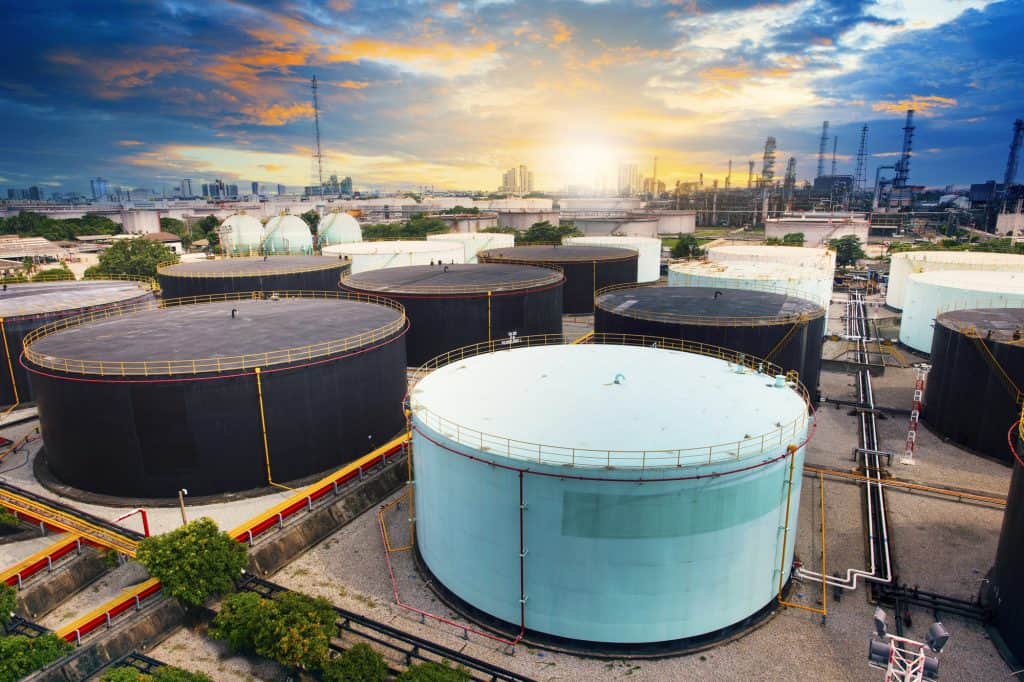What is the Strategic Petroleum Reserve?
The Strategic Petroleum Reserve, or SPR, is the world’s largest emergency supply of crude oil.
Response to Oil Embargo Of 1973
The SPR was established by the Energy Policy and Conservation Act of 1975, in response the 1973 Oil Embargo.
Its purpose is to provide a buffer against severe price spikes due to foreign supply disturbances.
The SPR currently has the capacity to store 714 million barrels of oil across four primary storage sites.
These storage sites are located along the Gulf Coast of Louisiana and Texas, close to the major production and refining centers in this region.
Drawdowns of the Strategic Petroleum Reserve are authorized by the President of the United States.
These releases have occurred just four times – although smaller oil exchanges due to short-term disruptions have happened on numerous times occasions.
Oil exchanges aid with short-term disruptions such as hurricanes, ship channel closures, or pipeline blockages.
When Has The SPR Been Used?
The four major SPR emergency drawdowns include (list):
- in 1991 at the beginning of Operation Desert Storm
- in 2005 after Hurricane Katrina disrupted production, distribution and refining operations in the Gulf Coast
- in 2011 a release was coordinated with the IEA in response to supply disruptions in Libya and other countries
- most recently, in April 2022, in response to the Russian invasion of Ukraine
At the beginning of 2022 before the Russian invasion occurred, the SPR inventory stood at about 640 mn barrels. As of the end of September it stands at 416 mn barrels, its lowest level since 1984 – a release of 224 million barrels.
“The SPR was clearly intended to offset such economic risks from severe price spikes due to foreign supply disturbances. The Russian war on Ukraine fits that description even if the oil price may not yet be frighteningly high in real terms.”
Alan Reynolds – Sr. Fellow, The Cato Institute
Related Resources:
